Predicting winter weather is as hard as predicting summer weather in Britain, which makes it difficult to advise on jobs. We’re pretty sure of seeing some hard frosts but those dreaming of a white Christmas are actually more likely to see a white Easter.
Planning the year ahead
It might be frightful outside but that’s an opportunity to plan what you’re going to do next year. December & January are the traditional months for placing your seed orders.
Sit down with the seed catalogues and start planning what you will grow. Don’t forget we’ve combined seeds from a number of suppliers on this website so you can pick out different varieties and compare prices. See Vegetable Seeds.
You may well have favourite varieties, but it’s an opportunity to try new ones, compare the performance and perhaps set new favourites.
Sowing & planting in December on the vegetable plot
There’s not a lot you can plant out in December but if you’ve not got round to it, you can plant out garlic direct. They actually benefit from a period of cold, which prompts growth later.
Garlic doesn’t like to sit in water, so if your soil is heavy and holds water, try dibbing a hole with an old spade handle or suchlike. Put about an inch of sand into the base and plant the clove on top, filling above with fine compost. This ensures good drainage and stops rotting.
Onions sown towards the end of the month will make excellent plants and bulbs, benefiting from the longer growing period. Sow them in seed boxes or as I prefer modules, in the greenhouse.
For best results though you’ll need some heat and horticultural lights will make a world of difference.
You can use cold frames if they can be kept frost free. Usually that involves keeping an eye on the weather forecast and insulating the frame with anything from newspapers to old carpet when temperatures fall. Remember also that cold frames can heat up to high levels in a little winter sun so particular attention must be given to ventilation.
It’s worth removing any yellowing leaves from your winter brassicas. Dead leaves are doing no good and encourage diseases such as botrytis. Wildlife will be on the lookout for food, especially the pigeons, so keep vulnerable plants like brassicas netted.

Allotment Plot in December, Leeks in the Background but not much else happening.
General garden tasks for December
It’s a good time for repairing and renovating. There’s always something to do if you look hard enough! Don’t forget you’re not going to have time when the season is in full swing.
Perhaps turn the compost heap over and ensure compost bins are covered to prevent excess rain leaching the nutrients and to keep some of the heat of decomposition in.
Remember there’s still time to start making leafmould. If you’ve a good supply of leaves, which should be falling fast now, make leafmould. Start by building a leaf mould cage. Very simple to do, you just drive four stakes into the ground and staple chicken netting around to make the cage.
Pile in the leaves and leave them alone for a year. You will find the pile reduces by two thirds at least, so keep filling the bin as more leaves fall. If you have one those marvellous garden vacuum mulchers that suck up leaves and chop them, you will find the leaves rot down much more quickly.
Try and keep things tidy to avoid providing winter homes for pests waiting for the spring but a little untidiness on the edges is not a bad thing as conversely it can provide shelter for predators .
Fruit
Take hardwood cuttings of soft fruit. Gooseberries, red, white and black currants, worcesterberries, jostaberries and vines can all be propagated by cuttings inserted in the open ground now. Choose sturdy well ripened shoots of this year’s growth cutting them just below a bud and trimming to just above a bud.
For blackcurrants take them about 8-10 inches (200-250 mm) long, 12-15 inches (300-380 mm) for the other fruits. Insert them into the soil to about half their length. It is customary to grow all except blackcurrants on a short stem – so remove the buds from the lower part of the cutting. All the buds should be left on blackcurrant cuttings.
It’s a good time to split rhubarb, dig up the old crowns and split from the top down with a spade into three or four. Leave on the surface so they get frosted before planting out in early Spring,
Check any ties and staking are secure for young trees or windrock can check growth or even kill off the tree. You can plant bare rooted fruit trees and bushes in December and prune apple and pear trees.
Cut down canes of autumn-fruiting raspberries which have finished fruiting and burn to prevent fungal diseases spreading.

The allotment site in December, deserted, cold and damp with the fog threatening to roll in. Although that may seem unappealing, it was actually quite magical.
Harvesting
There’s a surprising number of crops that can be available to harvest in December. Winter brassicas such as Kale, cabbage and cauliflowers are best harvested when ready now.
Staying with brassicas, don’t forget Brussels Sprouts. Start picking from the base upwards, leaving the smaller ones at the top to develop. I actually prefer sprouts as a frozen vegetable. Blanch for 3 minutes prior to freezing. To use, defrost and then drop into a shallow lidded pan with melted butter, salt and ground black pepper. Keep moving in the pan to avoid burning and serve when hot all through, a matter of a few minutes. Delicious!
Leeks should now be ready, just take what you need and leave the rest to stand until required. Leeks are much better harvested from the garden as they are required but in severe weather this can be difficult, so you can lift a few and heel them in on well dug ground, this will not freeze solid and will keep them fresh.
Any carrots left should come up to prevent pest damage in the ground for storage in damp sand or peat in the shed. Parsnips and swedes can be lifted and stored the same way although they are very hardy and may be left if the ground is not needed. You can always cover them with fleece or straw to help stop the ground freezing them in.
Jerusalem artichokes will be available and you can enjoy parsnips and Scorzonera. Scorzonera is an interesting vegetable, sadly little grown nowadays in the UK although it still seems popular in France along with kohlrabi.
You may well have perpetual spinach, celeriac, chicory (non-forcing and forcing varieties), endive, kale, kohl rabi, lettuce, winter radish, spinach, turnips available.
Double check the potatoes, removing any tubers that have started to rot before it can spread to the rest of the sack, It only takes ten minutes. Watch out for slugs that may have got into the sack.
You can get John’s book Vegetable Growing Month-by-Month here.

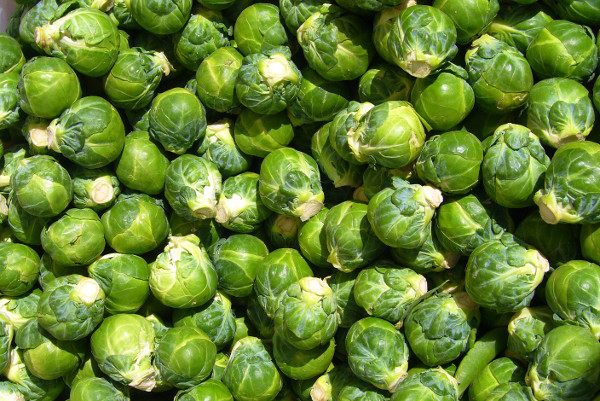
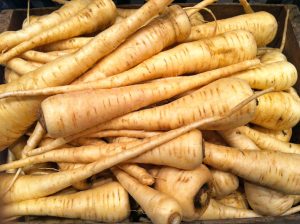
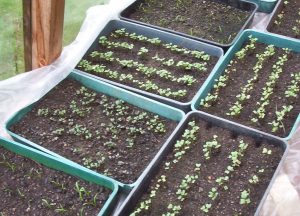
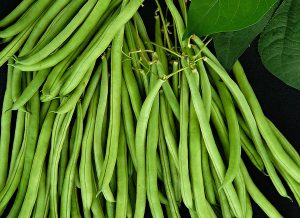
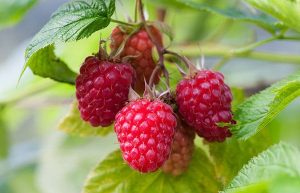
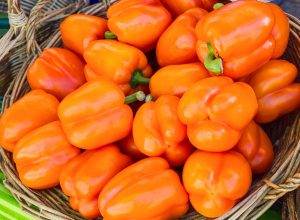
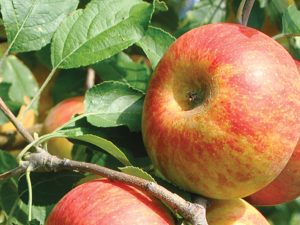
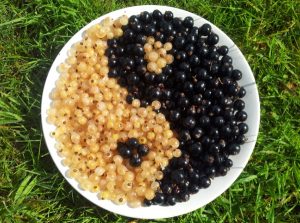
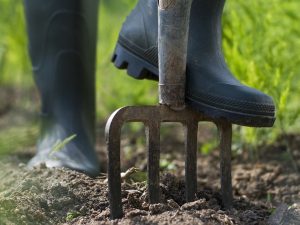
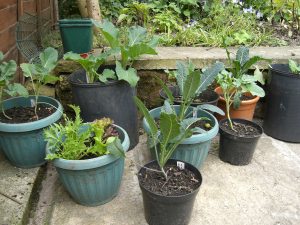
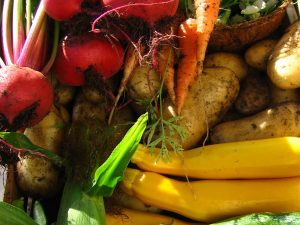
2 Comments
Hello,
Any advice for a beetroot virgin? It was my first time growing them (raised no dig bed) this season but harvesting was a disappointment insomuch as most hadn’t grown bigger than a golf ball. I was assured that ‘Bolthardy’ were reliable. Many also had white lines or veins running through them and I wasn’t particularly enamoured of the taste (I usually LOVE beetroot).
The swede harvest was only marginally better but I put that down to overcrowding during sowing.
Hi Marcia, we have a bit of a guide here for beetroot: https://www.lowimpact.org/how-to-grow-beetroot and John, who helped us out with this has a site here: https://www.allotment-garden.org/vegetable/beetroot-growing/ – I’ll ask around as well and see if anyone else can help you!